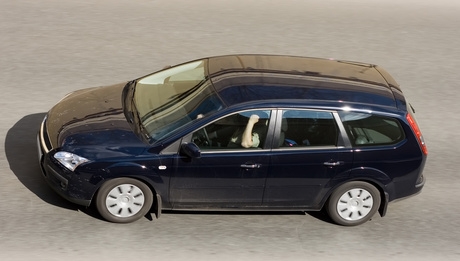
Small SUVs (Sports Utility Vehicles) are now becoming increasingly popular. Not only are they easier to drive, but they require less gas than the regular SUVs. They also have other great features such as a functional interior and all-wheel drive. The small SUVs are ideal for families and individuals. They're even relatively inexpensive compared to the mid-size and larger SUVs. There are some cons to having a smaller SUV, for example, they don't perform well in crashes. Larger and heavier SUVs fare better in a car crash. In general, SUVs aren't ideal for young or inexperienced drivers. Experienced adults can find out what to look for when shopping for a smaller SUV.
Choose three or four SUVs you have your eye on. Compare the prices on these SUVs. Create a price range. Most SUVs will cost between $20,000 and $30,000. Eliminate those that are out of your price range.
Compare the mileage between your choices. For some time, everyone has been concerned about gas prices. Small SUVs will get you between 15 and 21 mpg in the city, or between 20 and 27 mpg on the highway. Determine how often and where you're going to try your SUV so you're aware of how much gas you'll use.
Consider how the handling and steering will be. Read the "Consumer Reports" magazine for their opinions on the best small SUVs. Also, pick up a copy of the Kelly Blue Book at your local library. This will give you more information on how the cars perform.
Compare the features of your choices. For example, some small SUVs have backseats that fold down to create more room. Most SUVs can seat up to five passengers. Consider if you will be using these features in your day-to-day life and decide which features you can live without.